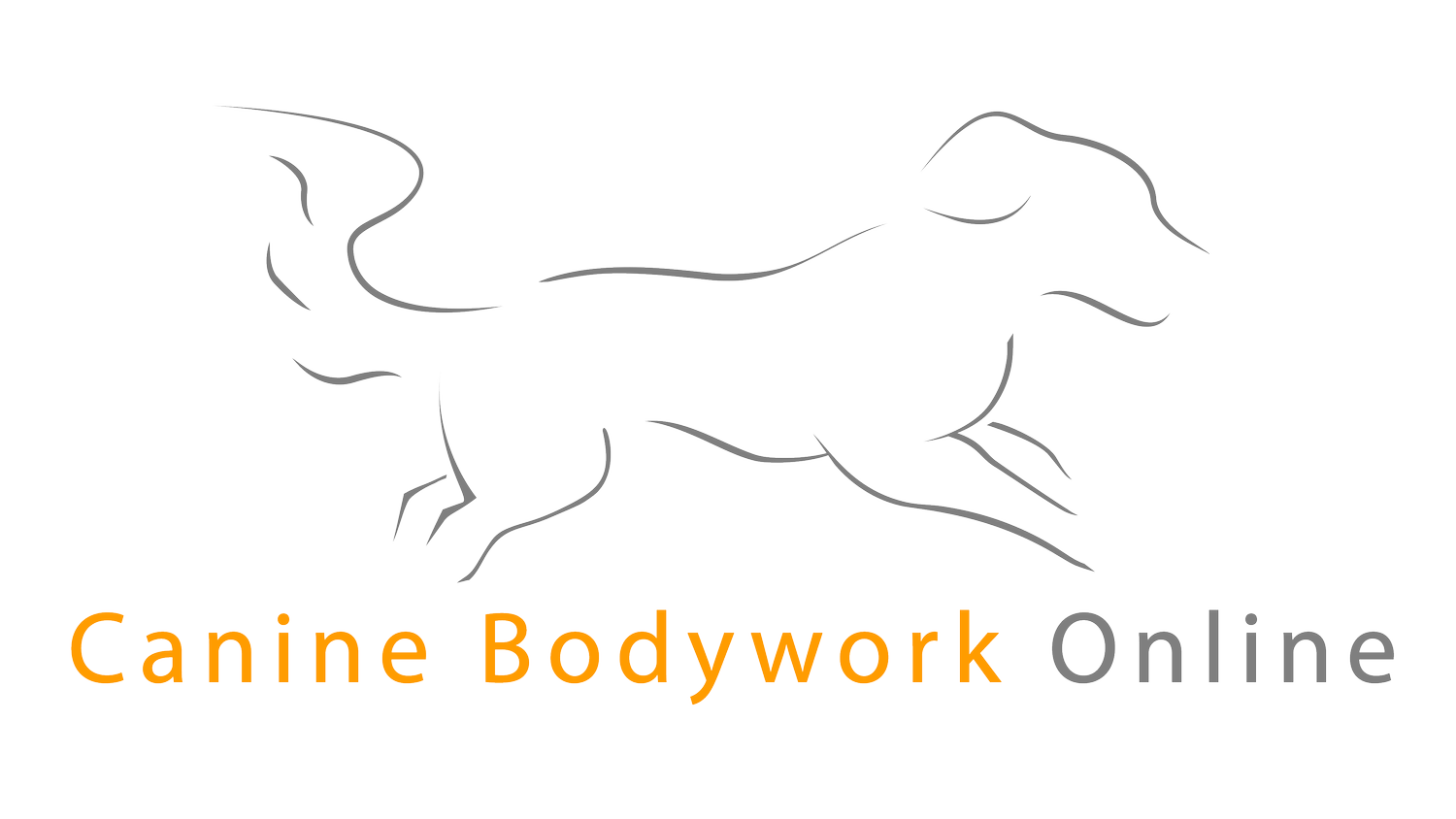Support Gentle Movement for Senior Dogs
As dogs age, it’s typical for them to start to slow down. Their joints stiffen, muscles weaken, and their range of motion starts to shrink. While this is a natural part of aging, movement for senior dogs is one of the most important ways to keep them comfortable, mobile, and happy!
The good news is that it doesn’t require a major routine shift. Just a few minutes of intentional, low-impact movement each day can significantly improve your dog’s health and quality of life.
Why Movement Matters in the Senior Years
Aging affects all systems of the body, but it hits the musculoskeletal and nervous systems hard.
According to research published in Frontiers in Veterinary Science, dogs experience a progressive decline in joint health, flexibility, and muscle mass starting as early as age seven. Without movement, this decline accelerates.
Gentle daily movement supports:
Joint lubrication and flexibility
Circulation and lymphatic flow
Muscle tone and balance
Pain relief and inflammation management
Cognitive health
Movement keeps the body functioning, but also supports emotional and cognitive well-being.
The key is adjusting how we move with senior dogs to keep them comfortable.
Signs Your Dog May Be Struggling with Mobility
Many owners assume their dog is just “slowing down,” when in reality, they may be compensating for pain or discomfort. Dogs rarely complain, so these changes can go unnoticed or be dismissed as normal aging.
Look for:
Slower rising from rest or after walks
Hesitation with stairs or jumping
Shortened gait or toe-dragging
Stiffness, especially in the morning
Reluctance to play or go for walks
Repetitive licking or chewing of joints
These are signs that your dog needs support. Not necessarily less movement, but the right kind of movement.
What Safe, Effective Movement Looks Like
For senior dogs, movement should be low-impact, steady, and tailored to their ability. The goal is consistency, not intensity.
Sniff walks are a great place to start! These allow your dog to move at their own pace while engaging their brain through scent exploration. Just 10 to 15 minutes a day can help with circulation and mental clarity.
Figure-8 patterns, step-overs, and slow turns in both directions are simple backyard exercises that gently challenge coordination and flexibility. Use grass or carpet for better footing, and avoid slippery floors that strain aging joints.
Pair these activities with light stretching and massage, especially after rest or walks. This helps ease tension, maintain range of motion, and cue the nervous system to relax. Always watch for signs of tension or resistance.
Movement should feel good to your pup!
The Role of Massage in Mobility and Pain Relief
Massage is one of the most underutilized tools in senior dog care and one of the most effective.
It improves circulation, reduces pain and muscle tightness, and helps older dogs feel safe in their bodies.
Physical therapy techniques like massage and passive range of motion significantly improved mobility in dogs with arthritis. Massage can also help loosen the fascia, the connective tissue that can stiffen with age and restrict movement.
When done correctly, massage supports both physical relief and emotional connection. It's also a great way for owners to become more in tune with how their dog’s body is changing.
Why Massage Is Preventive, Not Just Restorative
Most owners turn to massage after their dog is already struggling. By then, joint degeneration or muscle atrophy may be harder to reverse. That’s why massage for senior dogs should start before there’s a major decline.
Gentle, daily massage helps prevent:
Muscle loss
Joint contracture
Loss of proprioception (spatial awareness)
Falls and injuries
Secondary stiffness from inactivity
Think of it like brushing your teeth. A small act you do regularly that prevents bigger problems down the line.
How to Learn These Techniques at Home
You don’t have to be a vet or certified therapist to make a difference in your dog’s daily comfort. With the right guidance, you can complement the care they receive from professionals and give them support that matters between appointments.
That’s exactly what Canine Bodywork Online is designed to give you.
This self-paced program teaches dog owners how to use hands-on support techniques that are proven to work, including:
Full-body massage tutorials
Audio guides to follow along in real time
Support from professional canine therapists
Videos you can easily follow at home
A filtering system to help you narrow down exactly what your dog needs
The program is ideal for senior dogs, but useful for all ages. Whether your dog is already showing signs of stiffness or you just want to be proactive, this is a great place to start.
Support Your Dog with Confidence
You know your dog better than anyone. When something feels off, you see it. And now, you can do something about it daily, dedicating just a few extra minutes.
Join Canine Bodywork Online and start using movement to help your dog feel better, stay stronger, and age with more comfort and connection.
Click here to get started

